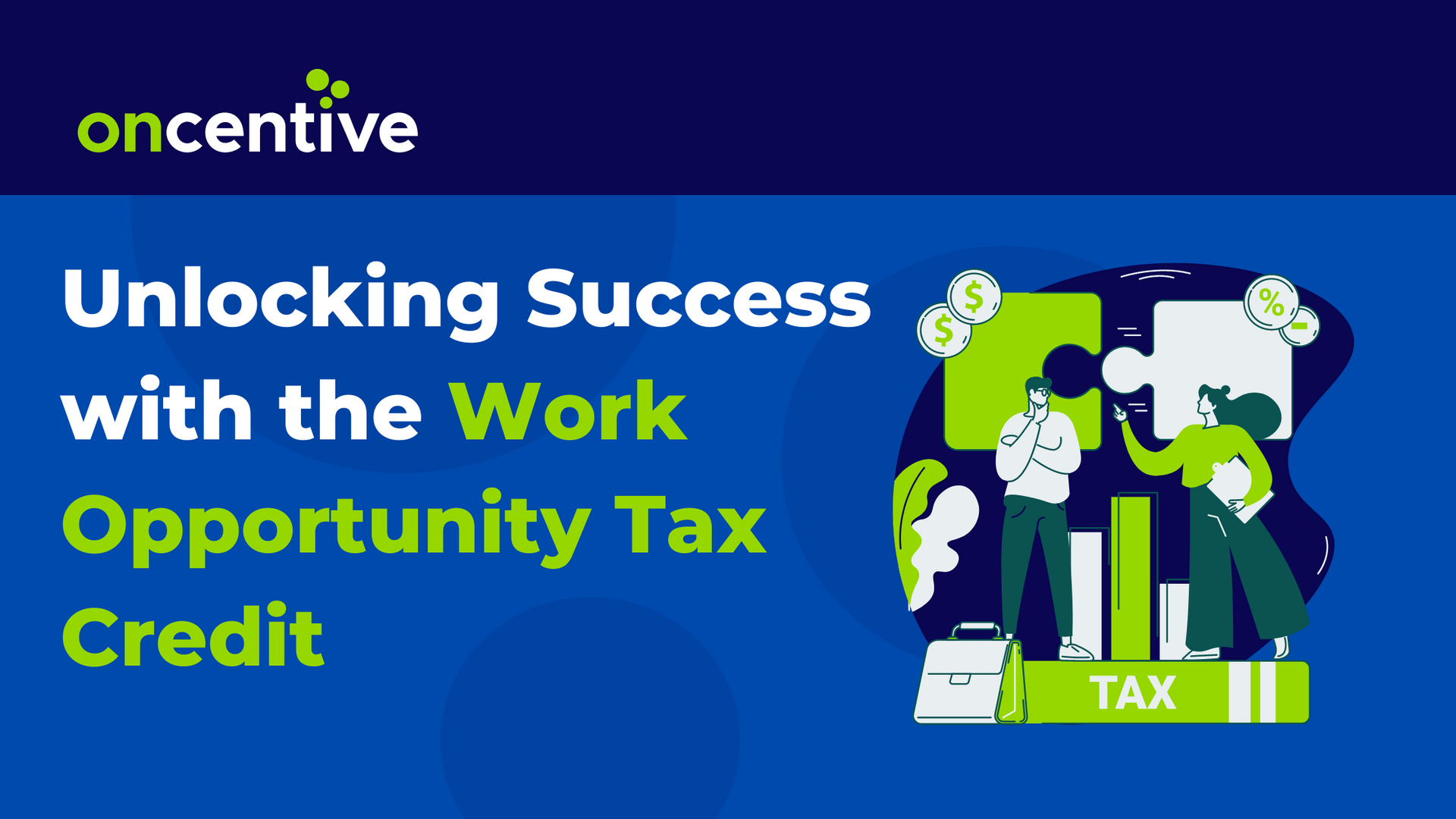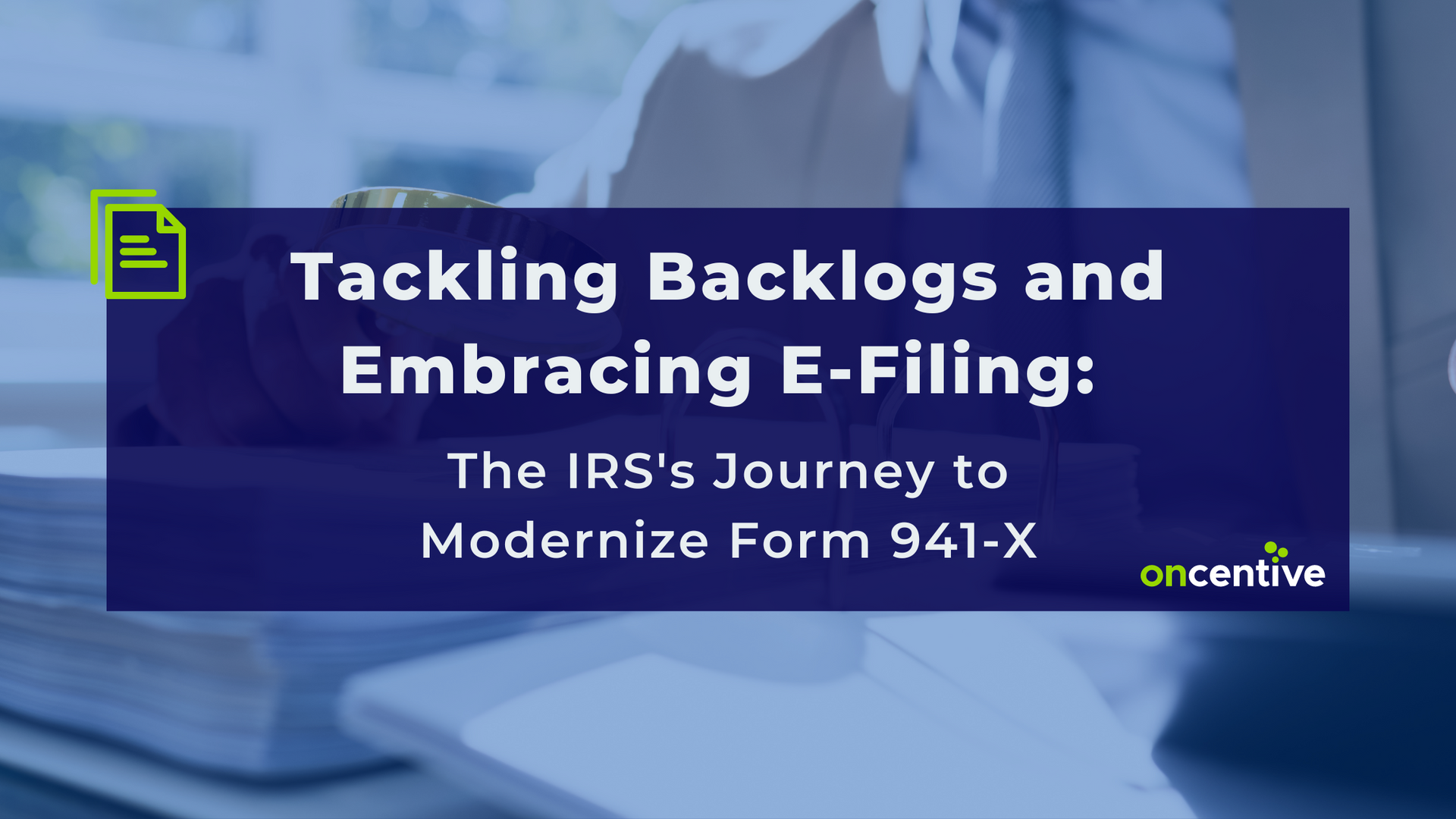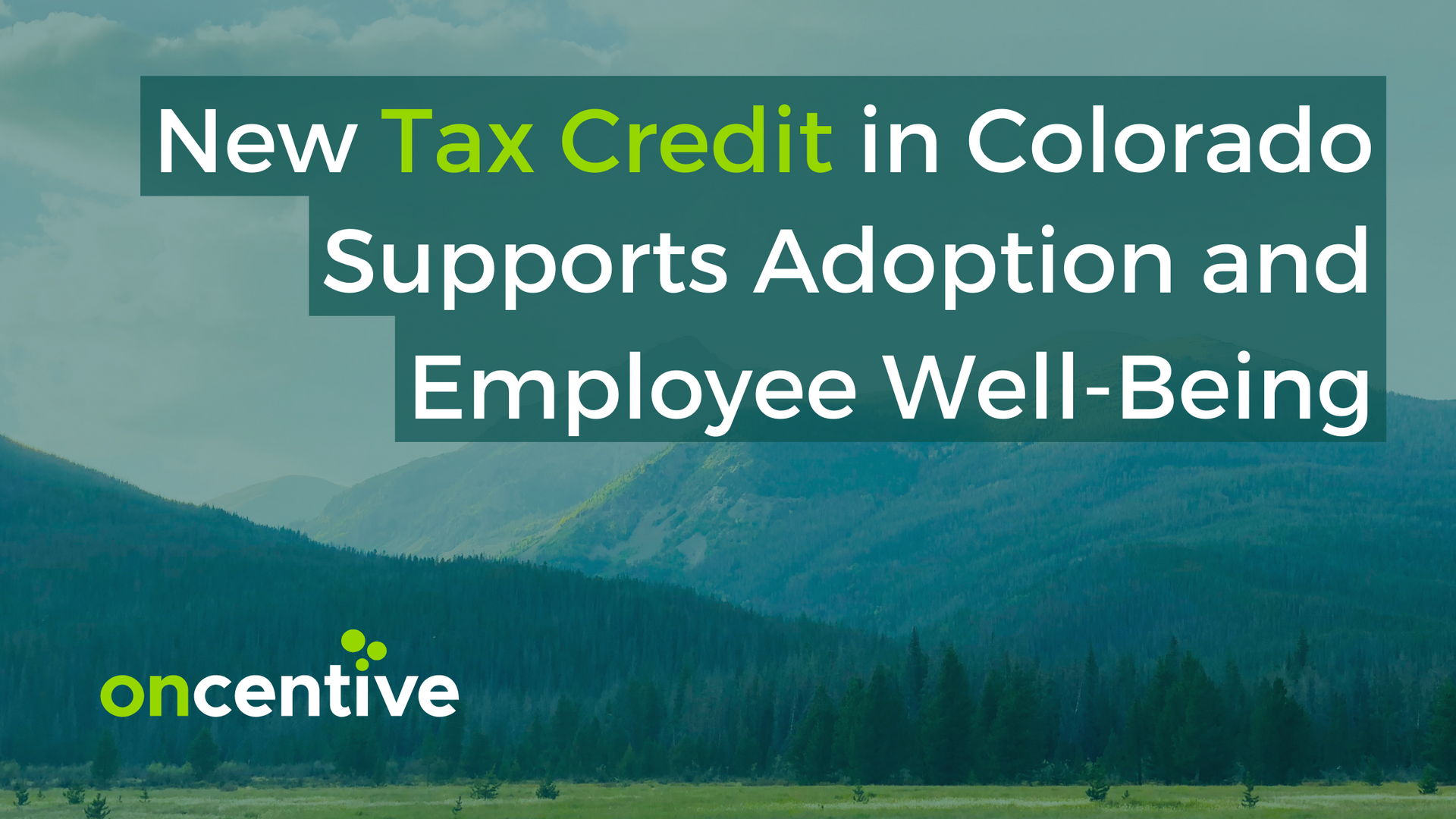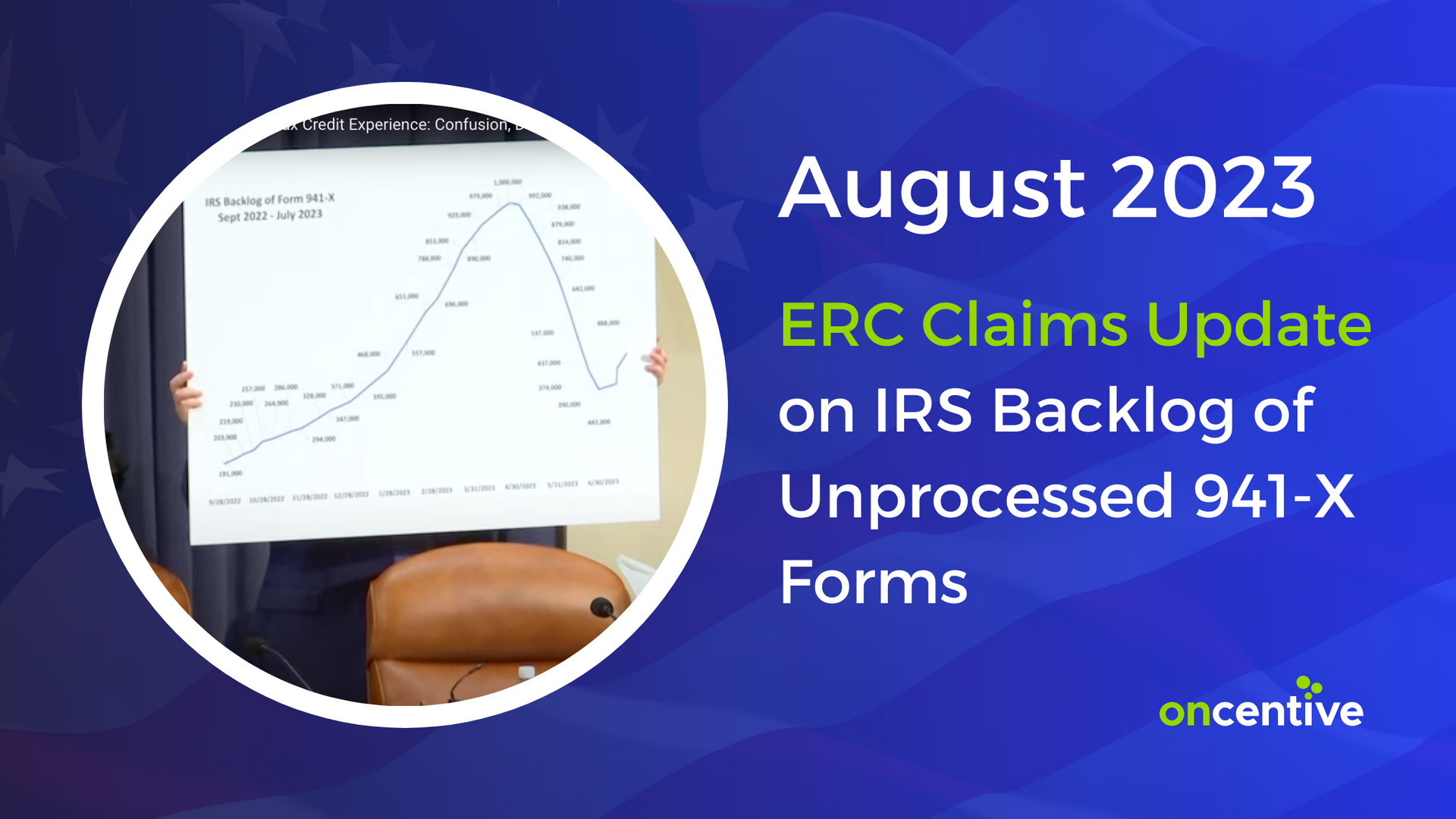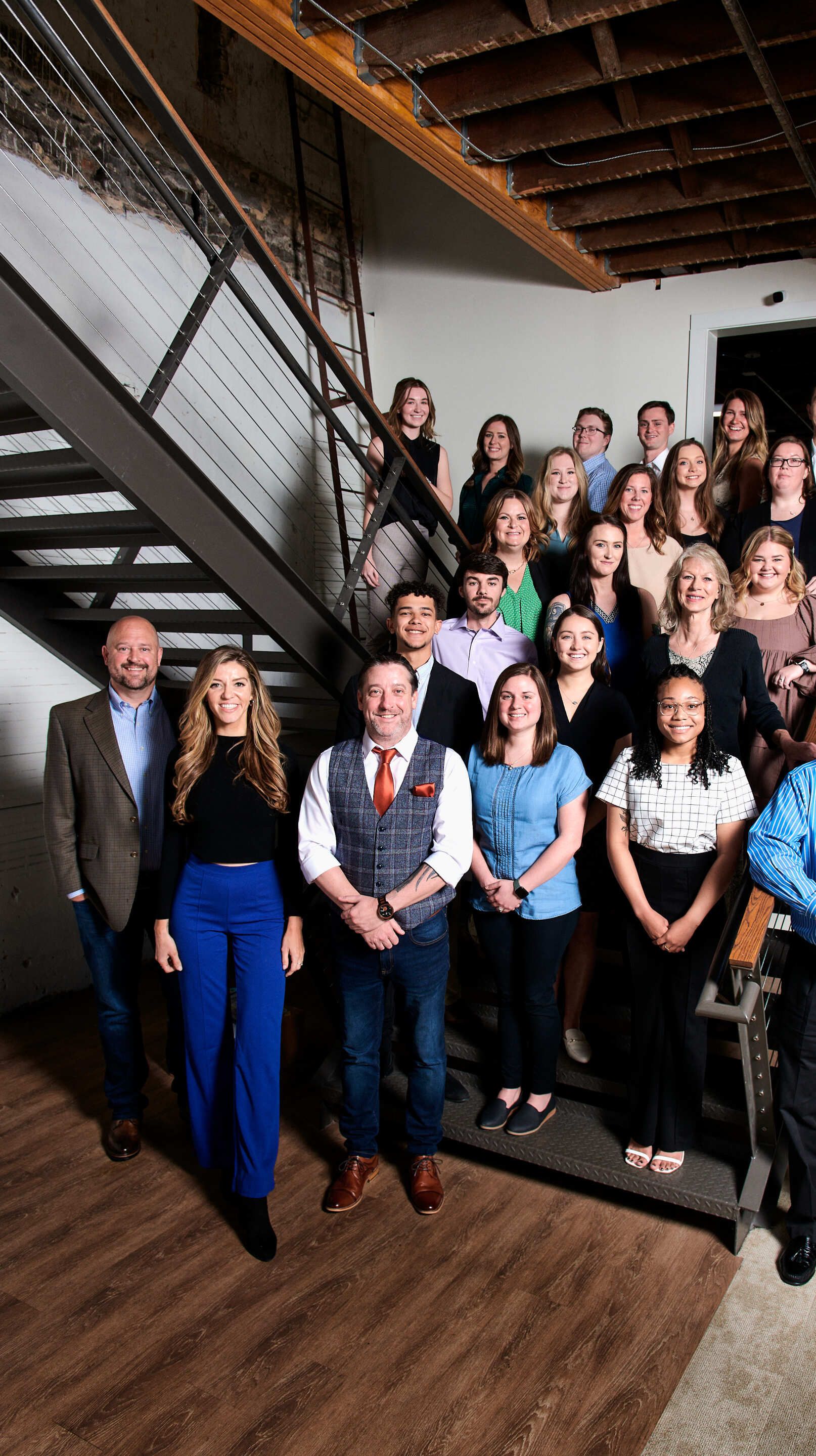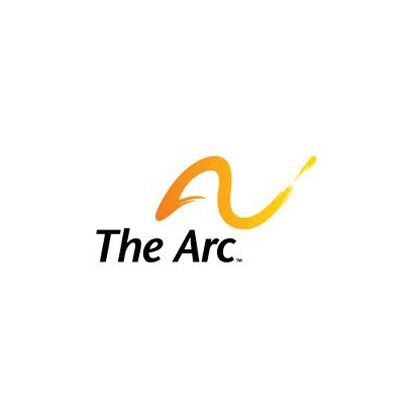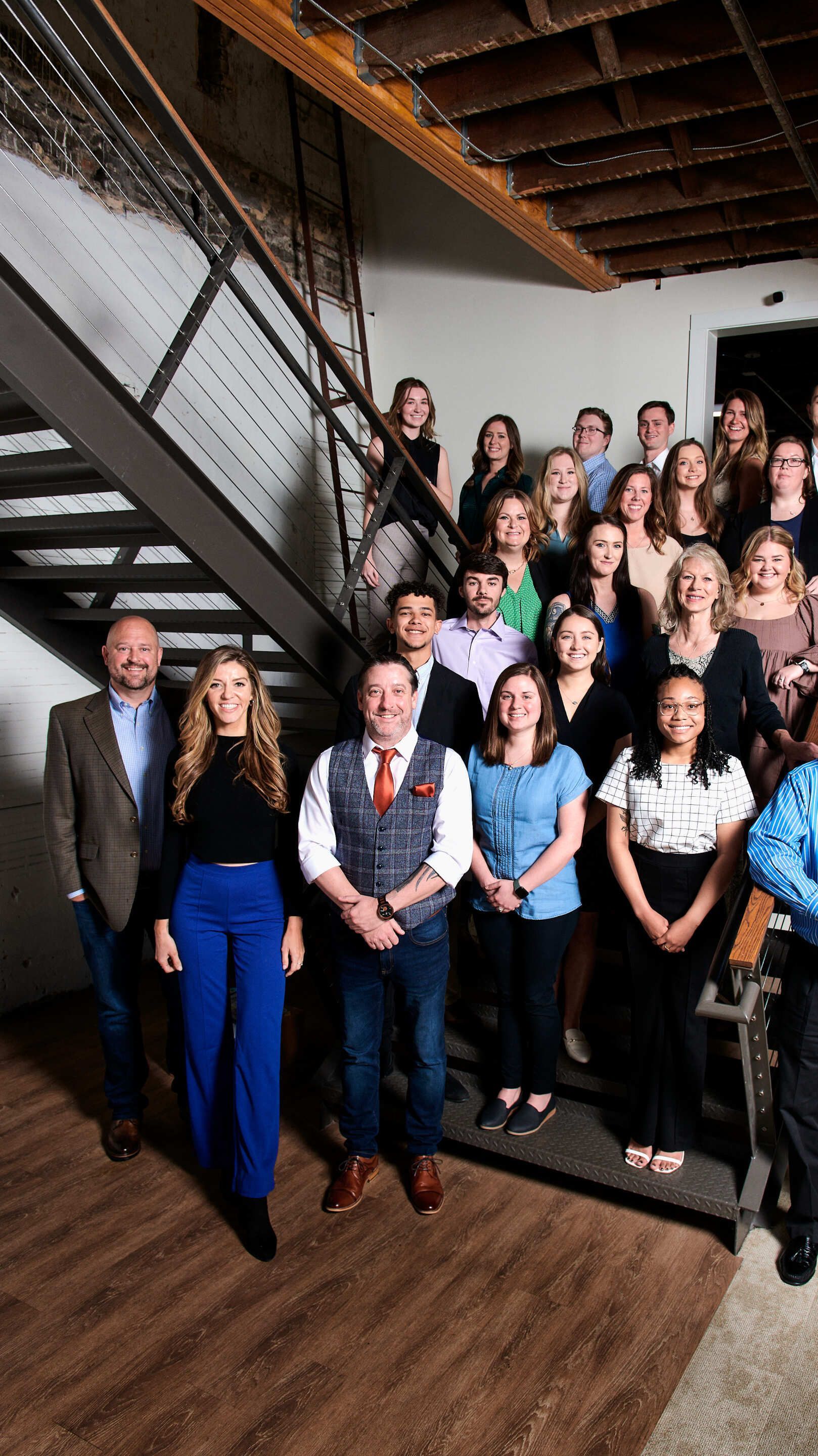Research & Development Credit: What is it? Does your business qualify?

What is R&D?
The Research and Development credit, as prescribed in 26 U.S.C. § 41, is for companies that are developing new or improved business components. The impact of the R&D credit reaches far beyond the benefit to the companies who claim it. The overarching achievements of the incentive include economic growth and an increase in productivity. Furthermore, this program incentivizes companies to drive innovation within the United States while supporting U.S. competitiveness on the world stage.
The R&D credit was first introduced in 1981 by the Regan Administration. The goal was to encourage companies to invest in innovation and as a result increase the number of technical jobs in the U.S. Fast forward to 2015, the Protecting American from Tax Hikes (PATH) Act was implemented, and the credit became a permanent part of the tax code. Previously, large corporations with departments dedicated to research were the only ones able to reap the benefits of R&D. The PATH Act opened up opportunities for small to mid-sized businesses as well as start-ups. Additionally, even more, businesses have been able to benefit from their research efforts by way of the new offsets for the alternative minimum tax (AMT) and payroll taxes. Over 30 states adopted similar credits to offset the state tax liability as well. It’s important to note that any company that develops new or improved products, processes, or software has the potential to qualify for the credit regardless of whether the business component was developed successfully or not.
Put simply, the Research and Development Credit is an incentive program rewarding businesses that participate in innovative efforts in almost any industry.
Who qualifies for R & D?
Over the years, the R&D credit has expanded to encompass nearly every industry. More businesses than ever engage in qualifying activities making them eligible to claim the credit. These credits are designed to be a cakewalk for new companies looking to raise venture capital and bring new products and services to market. Qualifying activities expand to operational functions such as quality enhancements and software development.
Examples of Qualifying Activities:
● Allocate recourses to formulating an innovative product or product enhancement
● Hire scientists or engineers
● Develop a prototype, patent, or software
● Conduct testing and hypothesis on new products
● Add equipment to improve processes
● Green Initiatives
● Pay outside consultants or scientists to do any qualifying activities
● New research findings
● Develop or improve software
● Formulate, test, and apply a hypothesis
● Streamline processes in manufacturing
As you may have guessed, traditional scientific work such as developing a new medicine would be considered a qualified activity. However, R&D expands into all of the following industries:
● Apparel
● Food& Beverage
● Cosmetics
● Consumer Products
● Engineering
● Aerospace
● Telecommunication
● Software Development
● Chemical
● Medical Devices
Furthering the benefits of R&D, the credit can be filed retroactively. Companies may be able to claim R&D credits for three prior open tax years. In some circumstances, companies may be able to go back even further.Many states offer more than 3 years to retroactively claim the credit.
The 4 Part Test
1. Qualified (Permitted) Purpose: The activity must serve to improve quality, functionality, performance, reliability, of a product, software, technique, invention, formula, or process that is intended to for use of the taxpayer’s business or held for sale, lease or license.
2. Technical Uncertainty: In the initial stages of the activity there must be uncertainties in terms of the capability and appropriate design of the business component. Can and should the taxpayer develop the component?
3. Process of Experimentation: The process of experimentation serves to eliminate the uncertainty. The taxpayer should demonstrate a systematic plan involving hypothesis, data analysis, modeling, trial, and error, etc.
4. Technical Nature: The activity must depend on the fundamental principles of engineering, biology, chemistry, and computer science.
Misconceptions
The biggest misconception is that companies believe they have to achieve a revolutionary scientific breakthrough. This is not the case at all. Adding emphasis to a previous point, research activities do not even have to be successful. Company’s must simply have a documented attempt.
The second biggest misconception is that the company is not eligible because they aren’t developing any NEW. The credit is geared toward companies that develop, design, and improve processes, products, formulas, software, and techniques. The credit is calculated based on the wages of employees who perform the qualifying work as well as increases in research expenditures.
In layman’s terms, R&D does not have to be new to the industry. It must be new to the company and the activities must meet the criteria of the 4- Part Test.
What does this mean for my business?
There are multiple factors that determine the amount of the R&D tax credit that can be claimed by a business. Although this can be a time-consuming process, the amount of tax savings can make the investigation worthwhile. The R&D credit has the potential to offset income tax, alternative minimum tax, and even payroll tax. Those who haven’t taken advantage previously can retroactively file for up to 3 years. If the company doesn’t currently have taxable income the credit can be carried forward for 20years to offset future tax liability.
It’s important to note that businesses must properly document their research efforts. To maximize the credit amount, taxpayers and businesses must evaluate and document their research activities continuously. This is crucial for establishing the amount of qualified research expense that can be allocated toward the credit. Examples of documentation include project plans, payroll data, documented chain of communication throughout the activity, the general ledger of expenses, etc. Documentation combined with credible employee testimonials establish a basis for a successful claim
What next?
The Tax Cuts and Job Act combined with the Protecting American from Tax Hikes Act have created more opportunities than ever for businesses industry-wide. Small to large companies now have the ability to minimize their tax burden through claiming the Research & Development Credit. Now is the time to examine the past, present, and future qualifying activities.
The first step toward maximizing your claim for the Research & Development Credit is to contact a professional R&D tax credit consultant.
Rachel Moorman
VP, National Sales
Have Questions or Need More Information?


 <script type=" text=""/>
<script type=" text=""/>






